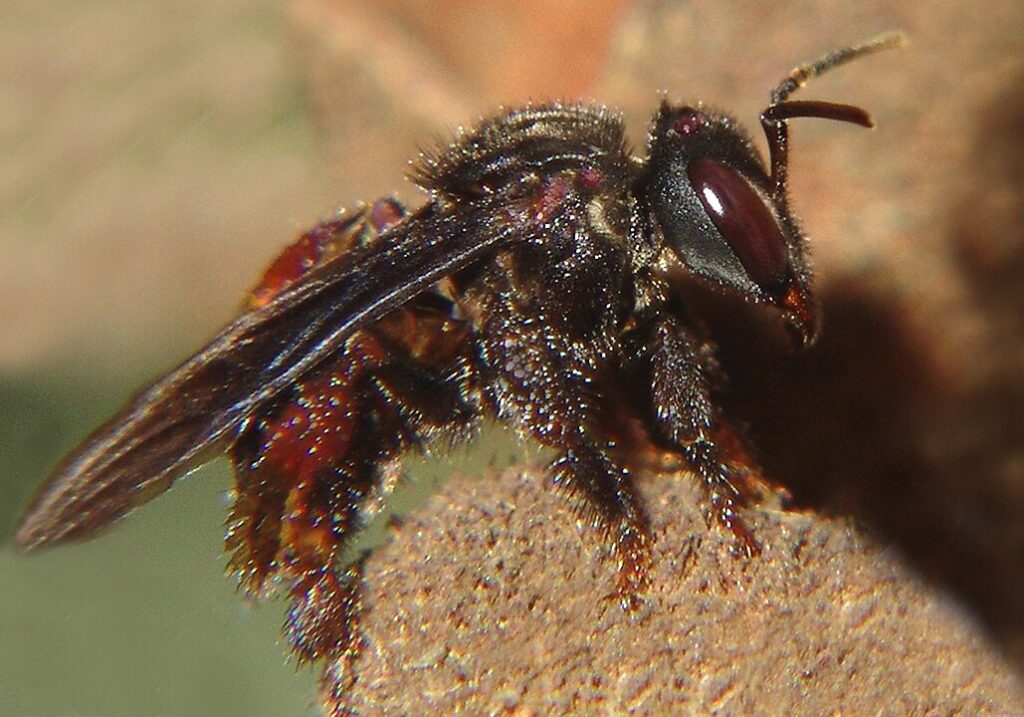
Trigona
The Trigona genus includes some of the most numerous species of stingless bees found across the Neotropical region. With around 32 recognized species, these bees are exclusive to the Americas. Previously, many more subgenera were grouped under Trigona, but over time, taxonomic revisions have led to several of them being reclassified as separate genera.
These bees are stingless but highly active and social. They play a vital role in the ecosystems they inhabit by pollinating a wide range of native and cultivated plants. Like other stingless bees, they are not aggressive and can be handled with care, which makes them important for small-scale meliponiculture in Latin America.
Habitat and Distribution
Trigona bees are widespread across the Neotropics — from the lowlands of Mexico through Central America, all the way to South America, including the Caribbean islands. They are adaptable and can thrive in forests, savannas, and even human-altered environments like urban gardens and farms.
They are active year-round but show reduced activity in cooler or high-altitude environments. Their resilience and generalist behavior contribute to their widespread presence.
Nesting Behavior
These bees construct their nests using a combination of wax (produced by their own bodies) and resins collected from plants. Nests are commonly found inside tree cavities, but many species also nest underground or within man-made structures like wall crevices or old logs. Their nests often have a protective entrance tube made of propolis — a sticky resinous substance that helps defend against predators and pathogens.
Trigona colonies are known for their efficiency, organization, and strong chemical defenses. While they don’t sting, they can bite and release resin to deter threats, especially when their nest is disturbed.
